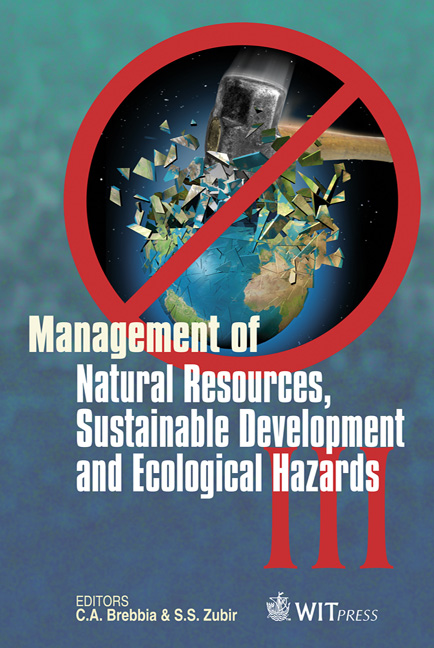Effects Of Meteorological And Atmospheric Conditions On Night Sky Brightness
Price
Free (open access)
Transaction
Volume
148
Pages
11
Page Range
117 - 127
Published
2011
Size
396 kb
Paper DOI
10.2495/RAV110121
Copyright
WIT Press
Author(s)
D. E. Lolkema, M. Haaima, P. N. den Outer & H. Spoelstra
Abstract
Although the need for artificial light in populated areas is beyond question, there are also adverse effects of night lighting on flora and fauna as well as on humans. The actual effect however, can only be known with information about the exposure of flora, fauna and humans, i.e. the night sky brightness. But what are the night sky brightness levels? Night sky brightness strongly depends, apart from the surrounding light sources, on the meteorological and atmospheric conditions. The sky close to a strong light source like a greenhouse, a large city or an industrial area, can still be quite dark on clear nights, i.e. without clouds or an optically thick aerosol layer. But on cloudy nights this same sky can be very bright due to light scattering by these same clouds. Monitoring light emission by future satellites is therefore not enough. The effects of meteorological and atmospheric conditions on the night sky brightness need to be known. Continuous sky brightness measurements are being performed at the Cabauw Experimental Site for Atmospheric Research (CESAR) since February 2010. At this site, a high number of different meteorological and atmospheric parameters are monitored. The first analysis over the year 2010 focused on the comparison of sky brightness to cloud-base height, cloud cover and aerosol data. The first results are presented in this paper. Keywords: night sky brightness, artificial lighting, light pollution, luminance, meteorological conditions, Cabauw, CESAR.
Keywords
night sky brightness, artificial lighting, light pollution, luminance, meteorological conditions, Cabauw, CESAR





